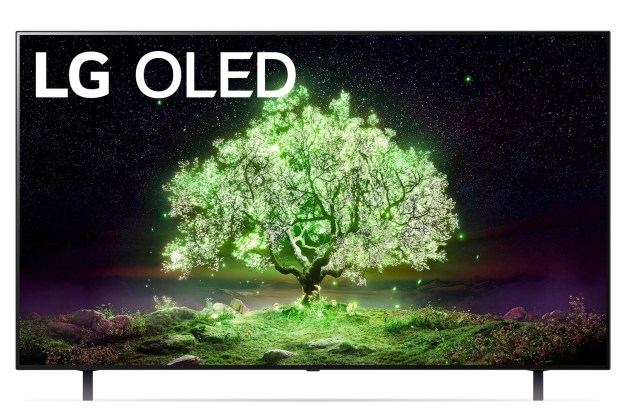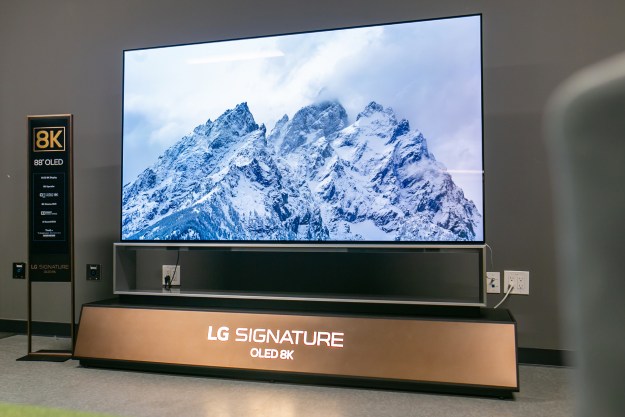
- Superb picture quality
- Excellent upscaling to 8K
- Full HDR support
- Low input lag
- Extremely expensive
There’s no 8K content to watch. Let’s just get that out of the way right now. But that doesn’t mean 8K TVs aren’t worthwhile. That’s especially true for the LG Z9.
What we have here (again) is a classic chicken-or-the-egg-scenario. Which should come first? The 8K content, or the TV to watch it on? If the path 4K took nearly 8 years ago is any indication, the TV must come first.
Hollywood, along with production houses like Netflix, HBO, and many others, need some convincing. Moving to 4K was a hard sell several years ago (though HDR gathered support relatively easily), but selling 8K is a steep uphill battle for TV makers. Is there a benefit to the viewer? Is 8K that exciting?
I’m willing to bet that if any TV can convince Hollywood skeptics to invest millions of dollars into bringing us 8K content, it’s the LG Z9.
What’s so great about this TV?
The LG Z9 is, first and foremost, an OLED TV, and that fact alone makes it stand out. For now, OLED is the prettiest display technology you can realistically put in your home.
It’s got the best back levels, more than adequate brightness, awesome color, killer response time, low input lag for gamers (similar to the C9 at around 13ms), HDMI 2.1 for future-proofing, variable refresh rate, auto low latency mode, excellent upscaling, and a whole litany of other reasons why anyone who has ever seen an OLED TV thinks it’s the cat’s pajamas. Take the 9-point score we gave to the LG C9 OLED earlier this year and push that up to 11 for the Z9.
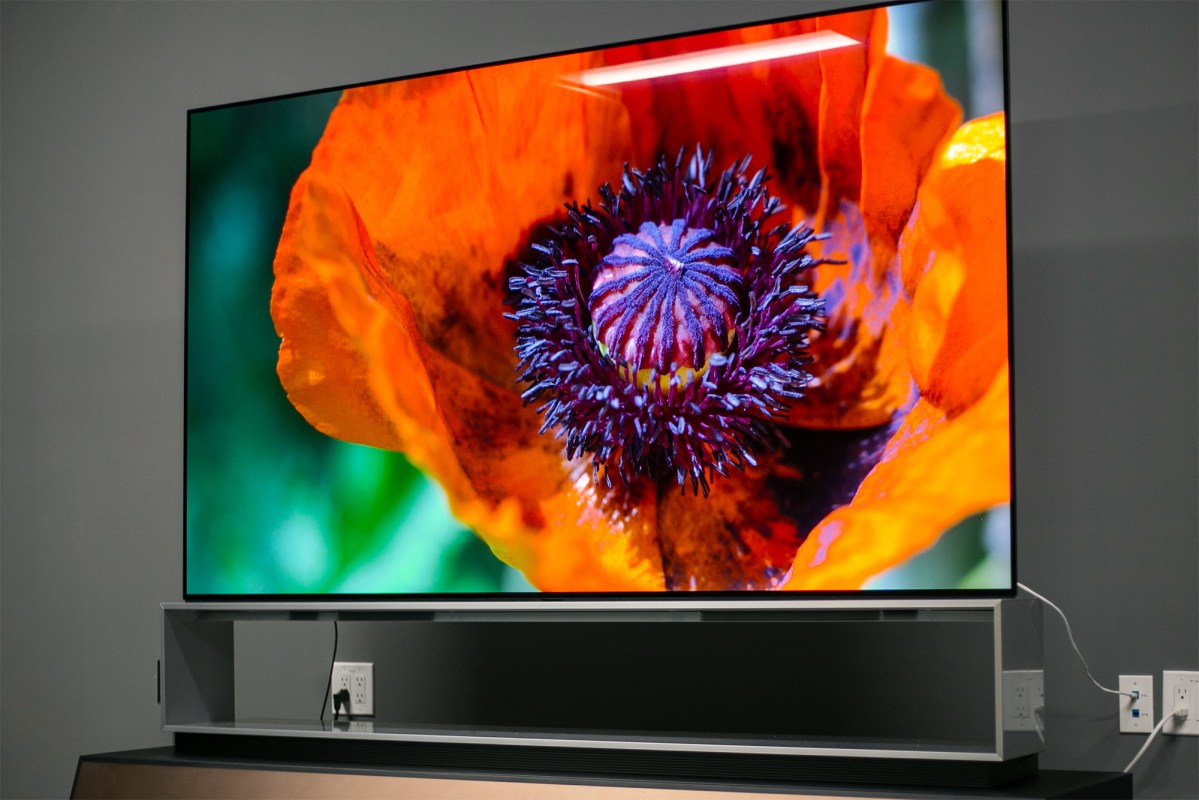
Yes, there’s new TV tech on the horizon which could give OLED a run for its money. But for now, OLED TVs hands-down have the best picture quality you can get, and the Z9 is the pinnacle.
The LG Z9 is also the world’s largest OLED TV. LG likes to use that as a marketing phrase, but it’s true, and making a huge OLED panel is no easy task. It took a lot of investment, research, and development to make an 88-inch OLED panel, let alone an 8K version.
The Z9 is a beautiful TV, especially considering how large it is. The stand upon which it sits is composed of sleek brushed aluminum and has just the right amount of sheen to it. There is some hardware housed in this stand, and the stand pulls a third duty by porting sound from the Z9’s down-firing speakers out toward the listener. Side note: The TV sounds very good, though I can’t imagine not surrounding the Z9 with a killer home theater audio system.
The LG Z9 is, presently, the finest technical execution of an 8K TV on the market today.
Finally, the LG Z9 is, presently, the finest technical execution of an 8K TV on the market today, if one believes in things like imaging standards — which I do.
Uhhh … imaging standards?
I need to take a side-step from the standard review format and make a special note about a topic LG has been aggressively preaching about in the tech space. It’s called “contrast modulation” and it has to do with how a TV handles its pixels. You might have seen something about this in the news, but you may have quickly forgotten about it because it hasn’t been reported on very well. I’m going to try to fix that here, but in the end, LG says that contrast modulation has everything to do with whether an 8K TV is really 8K or not.
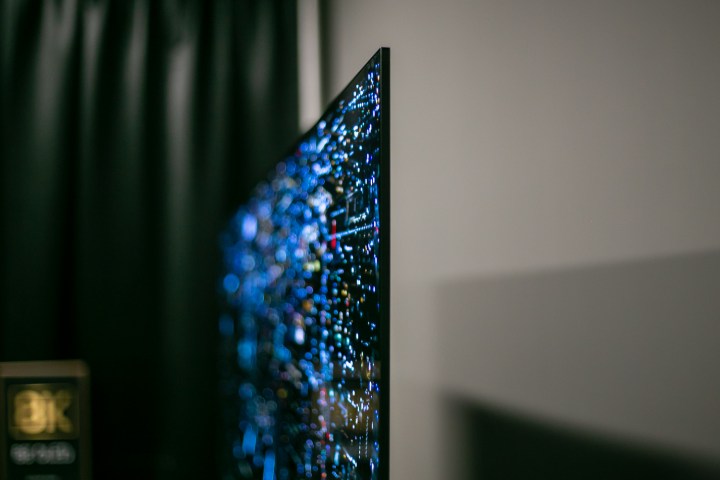
I predict LG will make a big marketing push behind this concept of “real 8K,” and the company would love it if I acted as a megaphone around this topic. While I’m loathed to oblige anything on the marketing effort, I do think this topic is worth discussing because TV tech can get deep, and at the end of the day, it does affect what we buy and how we watch. So let’s do this right, shall we?
What in the hell is contrast modulation and does it really make this TV better?
At its most basic, contrast modulation is a TV’s ability to distinguish one pixel from another. According to the International Committee for Display Metrology (ICDM), contrast modulation is more important than pure pixel count in qualifying a TVs resolution because if you can’t distinguish one pixel from another, then you don’t have fully resolved, independent pixels.
Take a look at the two pictures below. On the left is a close-up of a TV’s pixels with poor contrast modulation. On the right is a picture of LG’s 8K Nanocell 8K LED TV, which has excellent contrast modulation (the Z9 8K OLED is even better, as you may imagine). See the difference? One TVs pixels look like a smeared mess while LG’s pixels look very clean and distinct.
- 1. Competing 8K QLED TV
- 2. LG NanoCell 8K TV
Honestly, I’m not yet convinced that the human eye can distinguish between a display that has a paltry 12% contrast modulation and one that has 90%. I mean, the principles and math seem right, and the bigger number seems a lot better, but until I can put one TV against another and spend hours analyzing the real-world differences I’m not going to make an official call. Still, I like pristine definition, and LG has a compelling argument.
The battle over what is “real 8K” continues. As I wrote this review, the Consumer Technology Association — you know, that huge organization that puts on the biggest tech show in the world known as CES? — launched an 8K Ultra HD display definition and logo program that leans heavily on the standards defined by independent authorities like the aforementioned ICDM, ANSI, and others. Guess what? LG’s 8K TVs far exceed the standards for contrast modulation. Most of LG’s competitors? Not so much.
There are over 33 million tiny pixels, yes, but it’s the work those pixels do that’s meaningful.
Again, it would be easy to write this off as a swipe at Samsung, but when international and U.S.-based standards organizations align with the CTA and make a call, it’s hard to ignore.
Is there anything not great about this TV?
Aside from the price ($30,000) making it unattainable for most of the world’s population?
There’s just a touch of tint shift when you view an LG OLED at an extreme angle. I noticed a slight magenta and green coloration in different areas of the screen when well off to the side. Still, OLED’s overall off-angle viewing quality still blows away every LED/LCD TV I’ve seen.
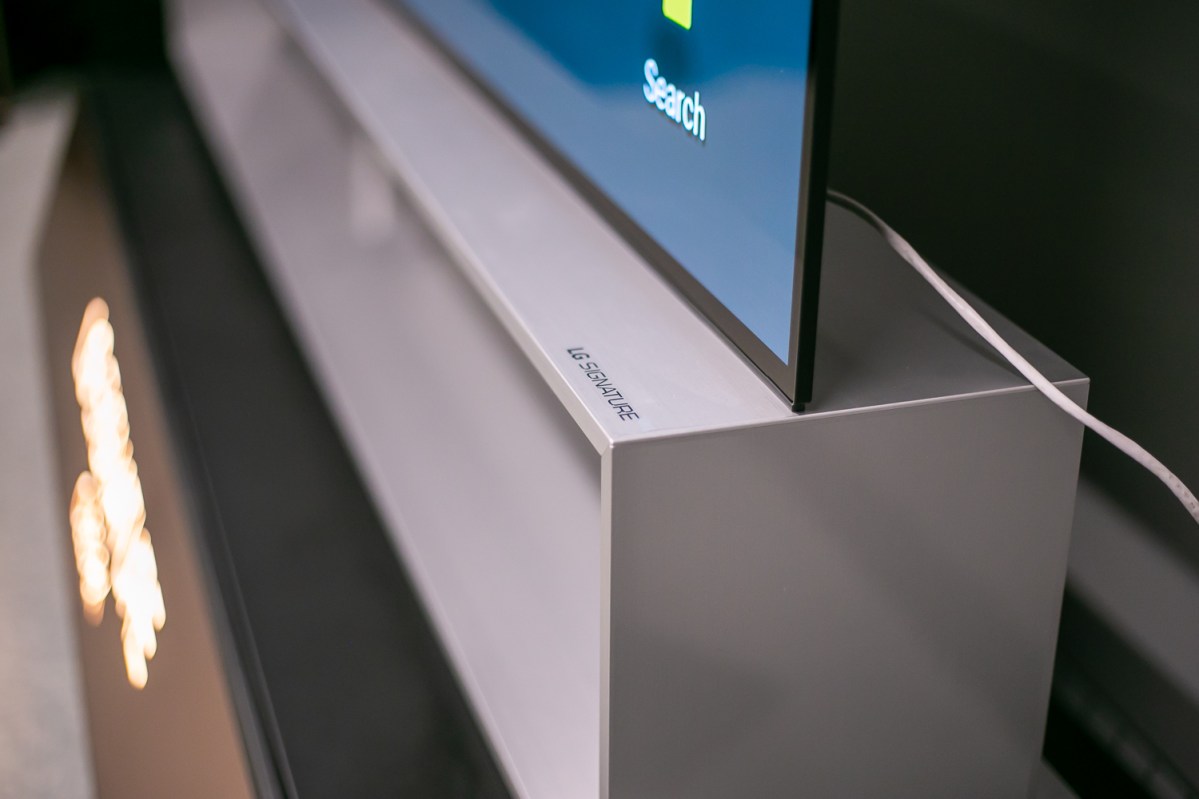
Also, the TV doesn’t support a wall mount. The aforementioned stand is too integral to the TV to be separated. LG says it could be done, but the solution would not be elegant and the company would not endorse such a move.
But there’s no 8K content!
This is mostly true. There’s a selection of 8K content on YouTube, but to watch it in 8K you have to download it and play it through a special decoder box that LG provides with the purchase of this TV. Besides the hassle, who wants to watch 8K nature videos all day?

For now, 8K TVs need to be awesome upscalers until native 8K content is being made and can be feasibly delivered to us (expect to need at least an 80Mbps downstream internet connection for streaming) Thankfully, the Z9 is an outstanding upscaler. In our A/B comparisons between 4K and native 8K versions of the same content the visible differences were minimal. That begs the question. How would an 88-inch
Our Take
The LG Z9 88-inch 8K OLED TV is a straight-up “shit-your-pants TV,” because it performs at an incredible level of unexpected excellence.
There are over 33 million tiny pixels, yes, but it’s the work those pixels do that’s meaningful. From what I was able to see, the pixels were doing outstanding work. The pixels are also brushed on a large, impressive canvas. In many ways, the LG Z9 is one of the most outstanding displays I’ve ever seen and is currently the best-looking TV you can buy.
Is there a better alternative?
Practically speaking, virtually any other TV is a better choice for most folks given the Z9’s $30,000 price tag — one could do very well with LG’s own 75-inch 8K 75SM9970 at $5,000 or Samsung’s 82-inch Q900R at $7,000. One could also do very well with a 65-inch4K Sony A9G OLED or a 77-inch 4K C9 OLED for $5500. Technically speaking, though, the Z9 is in a class all its own.
How long will it last?
The LG Z9 has full-spec HDMI 2.1 ports onboard and very advanced chipsets, making it as future-proofed as a TV gets these days. I’d expect to get a solid 7 to 8 years out of this TV at the least.
Warranty
One year parts and labor when purchased from an authorized retailer.
Should you buy it?
Yes, with the obvious caveat of “if you can afford it.” At $30,000 it’s an incredibly expensive television that’s not aimed at the average living room, but it does deliver a glimpse at what the future of television will look like.
Also, if you do buy this TV, please invite me over to your house for movie night. I can’t wait to see the LG Z9 in action again and you, Mr. or Ms. Moneybags, might be my only hope.
Editors' Recommendations
- Best Samsung TV deals: Save on 4K TVs, QLED TVs, OLED TVs, 8K TVs
- Best Buy TV deals: Save on QLED TVs, OLED TVs, and 8K TVs
- LG releases 2023 OLED TV prices: evo G3 starts at $2,500, preorders start March 6
- LG says its G3 OLED evo TV will be 70% brighter, with no visible wall gap
- LG’s 42-inch LX3 OLED TV can bend when you want it to






